If you believe that people in the past were less eccentric than today, consider their fashion and traditions; you might just change your mind. Many inventions by people from earlier times were so strange that you will be amazed.
Quirky Practices of Our Ancestors
- 1. Two Sleeps in One Night
- 2. Live Alarm Clocks
- 3. Dresses for Boys
- 4. Chopines
- 5. Bloodletting for All Ailments
- 6. Dirty Hygiene
- 7. Post-Mortem Photography
- 8. Beauty Treatments with Radiation
- 9. Cough Remedies with Drugs
- 10. Smoking on Airplanes
- 11. Bathing Machines
- 12. Using Stones as Toilet Paper
1. Two Sleeps in One Night
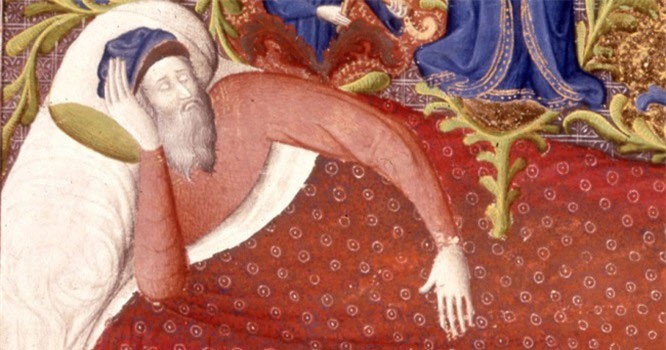
People in medieval Europe practiced segmented sleep. The first sleep began at dusk and lasted until midnight; then, people would wake up and stay awake for 2-3 hours. They used this time to pray or chat with family or neighbors. Afterward, they would return to sleep until sunrise.
2. Live Alarm Clocks
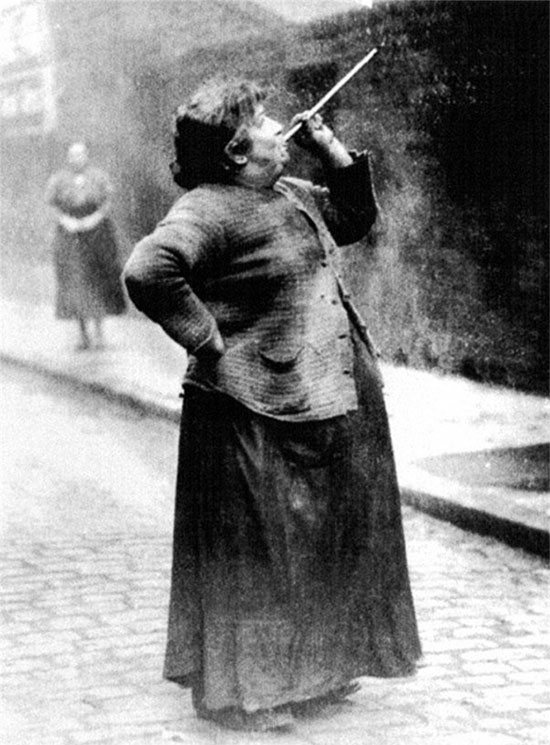
The profession of door knocking existed from the mid-18th century until the 1950s. Their job was to wake early-rising customers. They would typically knock on bedroom windows or throw a pebble at the glass to wake clients. It remains unclear if anyone called these knockers awake, but one version suggests they didn’t sleep before their door-knocking shifts.
3. Dresses for Boys
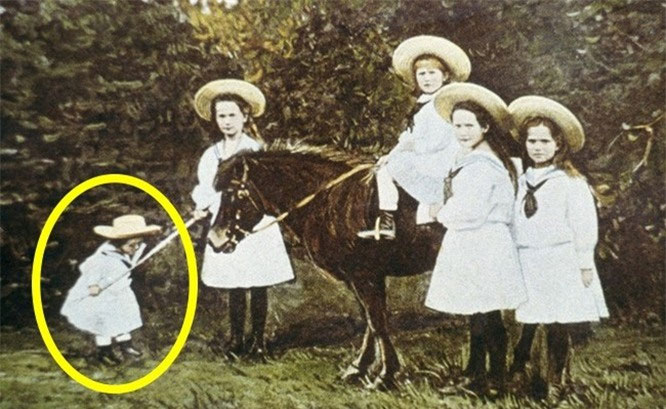
From the 16th century until around 1920, it was quite common in Europe for boys aged 4 to 8 to wear dresses. The main reason was likely the high cost of clothing: dresses were easier for the rapid growth of boys. This tradition extended to royalty as well: the boy in the picture above is Alexei, son of Tsar Nicholas II of Russia, who appeared quite happy and comfortable in a dress just like his sisters.
4. Chopines
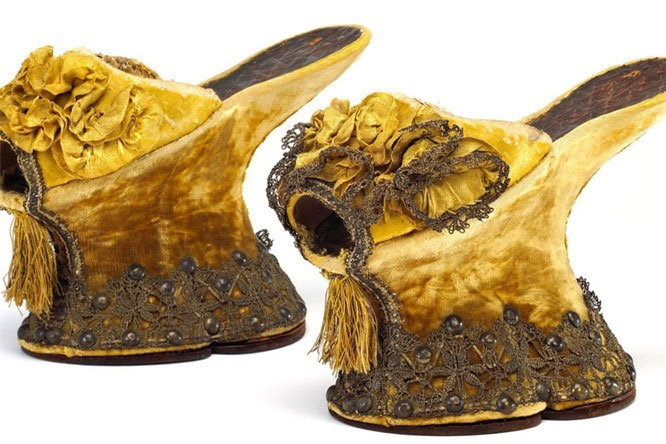
Chopines, with heel heights reaching up to 50 cm, emerged during the Renaissance and remained a favorite among Italian women in the early 17th century. Chopines served a very practical purpose, primarily to make the wearer stand out due to their “extreme” height. However, anyone wanting to wear these shoes needed assistance from others to avoid becoming a victim of fashion.
5. Bloodletting for All Ailments
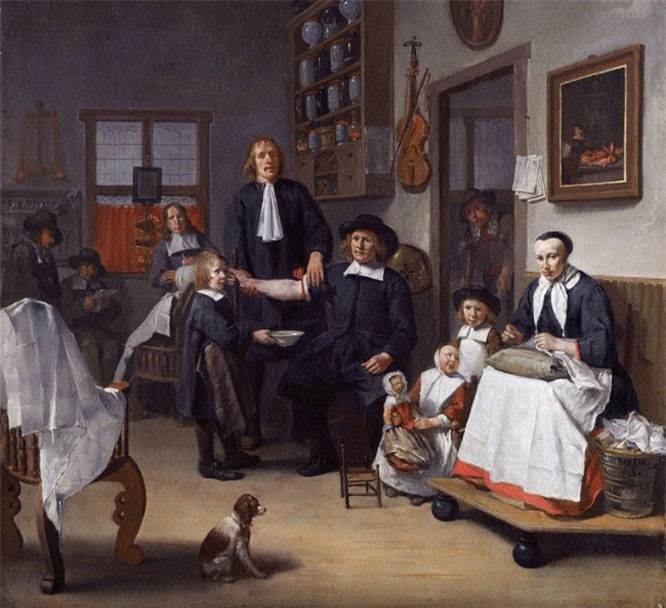
This treatment method was popular for 2,000 years until the early 20th century. Bloodletting was performed to treat any ailment. However, this method often caused more harm than good, as the removal of blood was not only ineffective for the illness but also left patients significantly weaker.
6. Dirty Hygiene
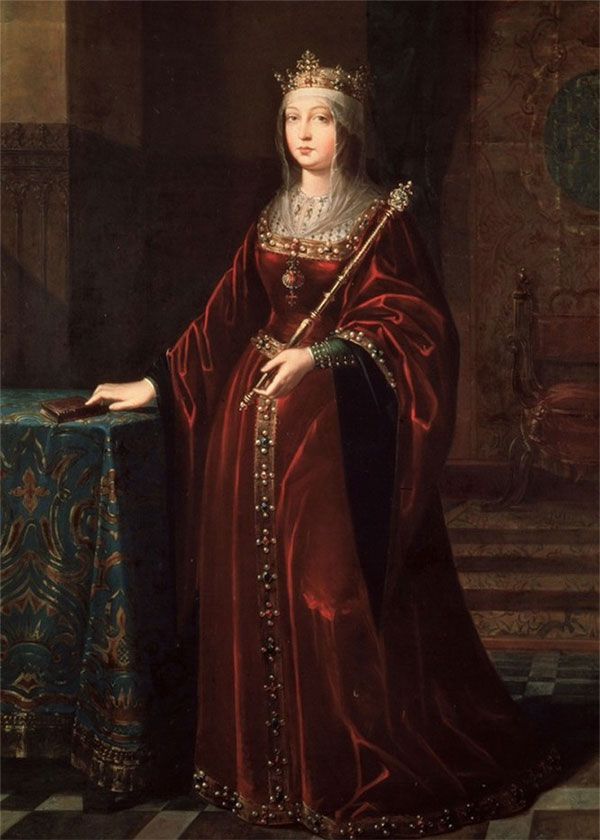
In some medieval countries, it was believed that water brought illness to people, and lice were referred to as “God’s pearls.” This belief was widely propagated by many kings and quickly became the norm across the country. Queen Isabella I of Castile was quite proud that she only bathed twice in her life: when she was born and before her wedding.
7. Post-Mortem Photography
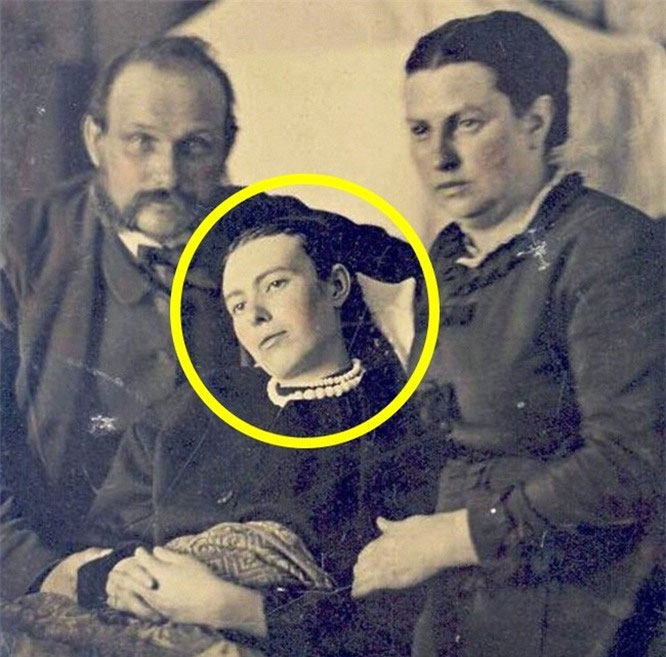
This other custom may sound quite frightening. However, in the 19th century, it was a way to preserve the memory of deceased loved ones. Typically, corpses would be dressed and posed in normal clothing for family photographs: they would be positioned in natural postures, with closed eyes painted over as shown in the image above.
8. Beauty Treatments with Radiation
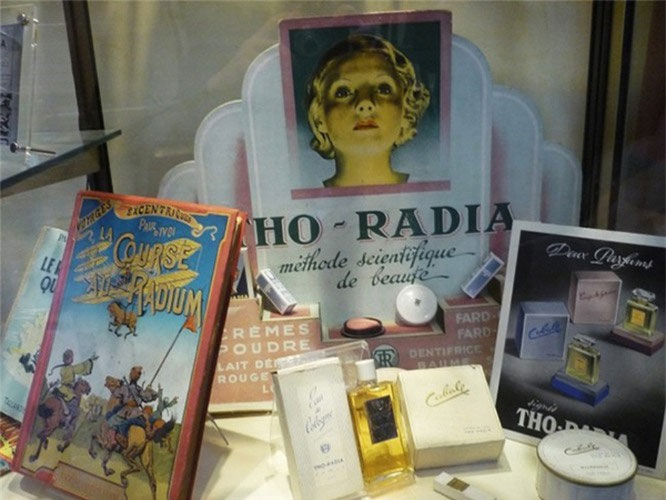
In the early 20th century, radiation was seen as a positive phenomenon, and many fraudsters exploited this to deceive people: selling cosmetics, foods, and drinks containing radium and thorium; radioactive souvenirs, and even devices to saturate water with radioactive elements. Sadly, many people lost their lives due to these deadly beauty products.
9. Cough Remedies with Drugs

Surprisingly, 100 years ago, heroin was considered a harmless substitute for morphine and was sold in pharmacies to treat coughs. It was even recommended for children. Later, it was discovered that heroin would convert to morphine in the liver, and by 1924, this method was banned. However, in Germany, it remained in use until 1971.
10. Smoking on Airplanes
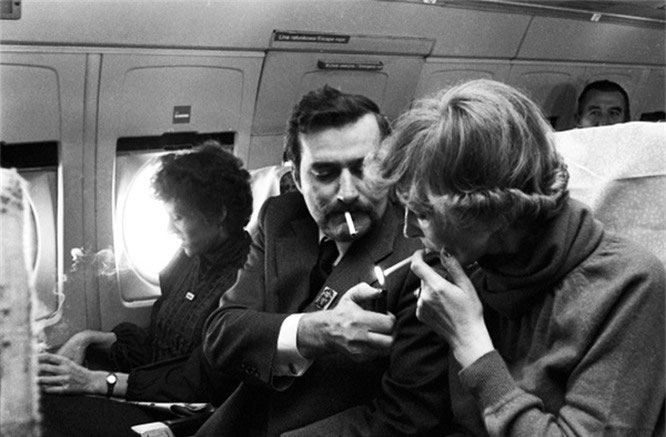
Fifty to sixty years ago, smoking on airplanes was not prohibited. Smokers considered this normal and would smoke nonchalantly in front of other passengers. Today, smoking on airplanes is banned in many countries, but in some countries like Iran, this ban is still not in effect.
11. Bathing Machines
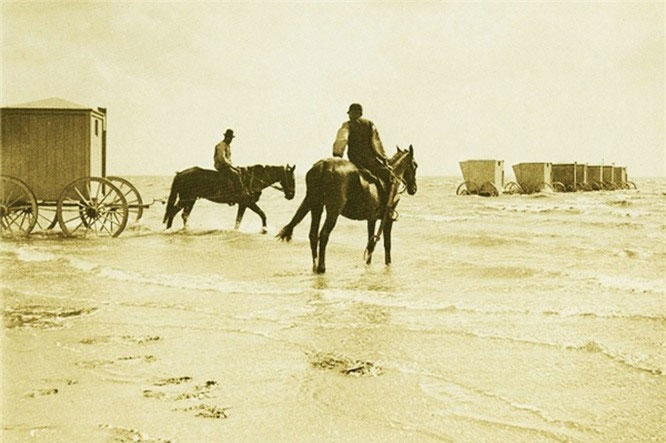
Unlike us today, people in the 18th and 19th centuries could not bathe directly on the beach. They had to use bathing machines: special vehicles that resembled beach huts. These vehicles were pushed into the water so that bathers could swim inside without being observed by others. Moreover, women’s bathing machines were placed far from the men’s bathing areas.
12. Using Stones as Toilet Paper
This is a list of items that people commonly used before toilet paper was invented. It includes leaves, corn husks, coconut shells, sheep wool, and fabric (for those who could afford it), sponges, or simply water. However, the ancient Greeks might surprise us the most by using stones or pieces of pottery instead of toilet paper.




















































